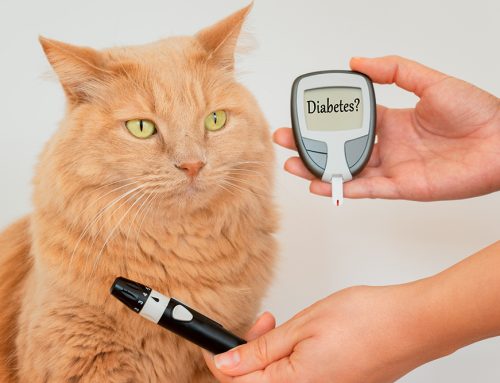Separation anxiety is one of the most commonly diagnosed behavioral disorders in pets, with dogs most likely to be affected. This debilitating disease can lead to destructive and annoying behaviors, often leaving owners stressed and overwhelmed. Since behavioral problems are a common reason for pet relinquishment—which also contributes to the pet’s onset of fear-based disorders—addressing separation anxiety is paramount to disrupt this vicious cycle. If you suspect your pet suffers from anxiety when you leave your home, or you simply want to avoid your pet developing separation anxiety, the Star of Texas Veterinary Hospital team offers important facts and tips, including ways to prevent anxious behaviors from the get-go.
#1: Separation anxiety in pets has many causes
Like humans, pets can experience anxiety disorders for endless reasons. But, because separation anxiety, specifically, is especially common in shelter pets, the loss of an important person or family in a pet’s life is likely a top reason they develop this condition. Other situations that are linked with separation anxiety in pets include:
- Change of residence
- Change of guardian or caretaker
- Death or loss of a close household member
- Abrupt change in schedule
#2: Separation anxiety signs can vary
If your pet gazes longingly at you through the window as you pull your car out of the driveway, they’re probably not unlike most pets who want their owners nearby. But, if that gaze is quickly followed by a series of other, more severe behaviors, your pet may be dealing with clinical separation anxiety. While every pet is different, some common separation anxiety signs include:
- Pacing, trotting, or circling
- Incessant barking or howling
- Chewing, digging, or other destructive behaviors (e.g., chewing carpeting, baseboards, or other items around the home)
- Inappropriate urinating or defecating
- Escaping (e.g., by digging a hole under the fence, or destroying a screened-in window)
Before jumping to a separation anxiety diagnosis, however, you should report these behaviors to our veterinarian, who will rule out other medical and behavioral problems first. For instance, if your pet is inappropriately eliminating around the home, this could signal a urinary tract infection, diabetes, or a myriad of other medical conditions. Undesirable behaviors such as destruction or constant barking may be because of immaturity or boredom.
#3: Treating separation anxiety in pets may require trial and error
Whether your pet is suffering from mild, moderate, or severe separation anxiety, the road to recovery may not be simple. Pet owners need to realize that not every treatment will work for every dog, and patience is key. Our veterinary team may recommend some of these individualized treatments for your pet:
- Counterconditioning — This treatment involves reframing your pet’s state of mind when you are about to leave the house. To encourage a positive state, distract your pet with a long-lasting treat. Try a puzzle toy hidden with treats or peanut butter, or a frozen goodie that will take a while to enjoy.
- Professional behavior training — A certified dog trainer or veterinary behaviorist may be a good option for pets with extreme separation anxiety. They can work with you one-on-one to determine your pet’s problem areas and guide you in different techniques.
- Medications — Sometimes, your pet will need behavioral drugs to take the edge off their anxiety, and jump-start them into the training process. Some pets benefit from certain medications long-term, while others need them only temporarily.
#4: A few changes at home may help prevent separation anxiety

If your pet is not currently suffering with separation anxiety, take a few steps now to minimize their risk of developing the problem.
- If possible, start early! — Have a young puppy or kitten at home? Take advantage of this optimal time to instill good habits. If you don’t already use a crate, this may be a good time to try—but not force—one.
- Don’t make a grand exit or welcome — When you make a big deal of coming and going, your pet may come to expect big feelings around these events. This could eventually translate into big—possibly bad—behaviors.
- Bring your pet with you — If it’s safe and permissible, take your pet when you run an errand, or to spend the day with you at work.
Whether your pet has already been diagnosed with separation anxiety, or you’re worried they may be developing the problem, our Star of Texas Veterinary Hospital veterinary team can help. Contact us today to set up a consultation and set your pet on the path to confidence.






